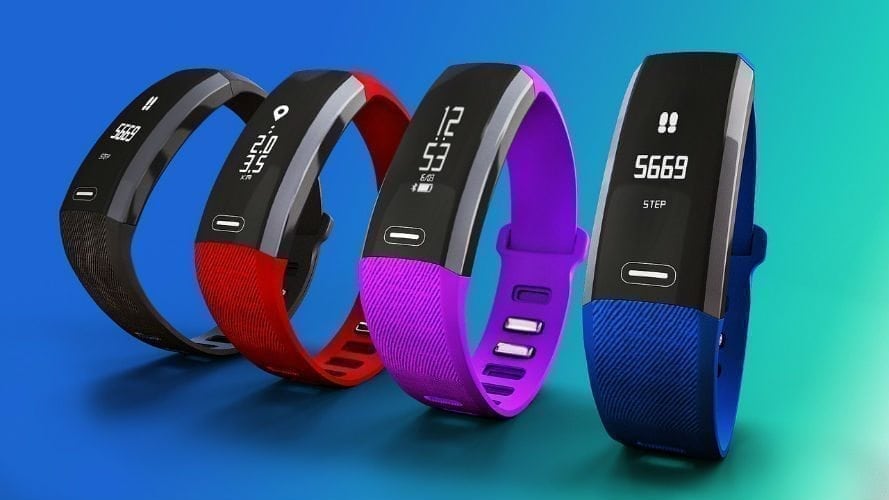Personal healthcare is one of the hottest trends in tech. It’s so attractive that tech giants such as Apple, Google, and Samsung have all invested. But, to this end, just how useful are Apple Watches, Fitbits, and Android Wear?
The technology driving wearable health trackers has advanced significantly since their debut. While many believe these devices to be nothing more than a fashionable pedometer, the data being collected can uncover a whole host of medical conditions – going far beyond simply encouraging healthy habits.
While wearable devices can never take the place of seeing a doctor, we’ve seen that the sensor technology already exists to make them more useful for patients. Perhaps, with just a little more time and research, they’ll help us manage and prevent some of our biggest health problems. Till then, here’s what your wearable can tell you about your health today.
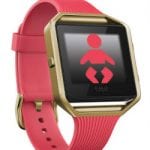
“YOU’RE PREGNANT!”
Last year, one woman’s Fitbit began to act funny. Her resting heart rate was abnormally high for several days, but she was feeling completely normal. At first, her husband thought the Fitbit was defective, so, of course, he turned to Reddit. Upon seeing his note about strange data, one user suggested that his wife may actually be pregnant. After upgrading from an anonymous internet commenter to a medical professional, they discovered this to be the case. The Fitbit’s heart rate sensor was sensitive enough to detect that the woman’s heart was working harder to supply blood to the uterus and developing baby, and heart rate is one of the indicators that a woman is expecting. So next time your husband is snooping on your Fitbit data, not to worry. He’s probably just checking to see if you’re pregnant.
“YOU’RE TOO STRESSED OUT!”
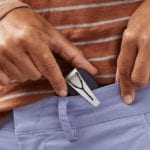
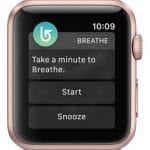
If you’re an Apple Watch owner, you’ve probably received the calming, but eventually, annoying reminder to take a minute to breathe. That’s because deep breathing helps people calm down, and calmness is important for mental health. Poor mental health is a major concern, as it has been linked to weight gain, heart problems, and other chronic diseases. Even heart rate variability (HRV) is being investigated as an indicator of mental health. Some wearables, such as the Spire, are able to measure your breathing patterns and provide personalized advice to help calm you down. Another device, called the Muse, is worn on the head and actually measures electrical signals from the brain, responding with sounds and guided prompts during meditation sessions. And, unlike your typical meditation instructor, this one won’t treat your maladies with rootmarm and crystal chanting.
“YOU’VE GOTTEN ENOUGH SUN!”
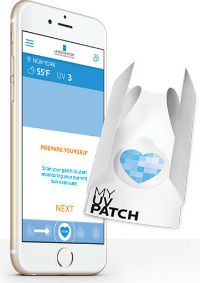
Sunkissed skin may still be in fashion, but an abundance of sunshine and daylight means an increased risk of melanoma skin cancers due to too much ultraviolet (UV) radiation. To help remind users to seek shade or apply more sunblock, many new wearables are incorporating UV sensors. One wearable from skin care product manufacturer La Roche-Posay is a temporary tattoo-like patch that changes colors after a certain amount of UV exposure. This sophisticated wearable (My UV Patch) can pair with your smartphone and tell you exactly how much sun you’re getting with personalized advice based on your skin type. Whether it will tell you when orange becomes too orange is another matter.
“YOU’RE CATCHING A COLD!”
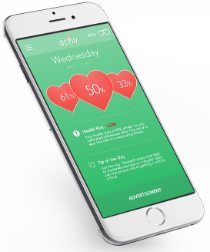
The coughing, sneezing, and runny nose that we get during a cold are realities of life. Unfortunately, there isn’t a cure for this common, but annoying, illness. However, one new app called “Achu” analyzes data from your Fitbit and symptoms that you log to track patterns in your body. As the app receives more data and you “calibrate” it by reporting symptoms (like a headache or fatigue) when you actually do feel sick, the app gets smarter and can eventually predict if you are coming down with something before it worsens. Similarly, researchers are investigating how data from wearables can predict the onset of infection, inflammation, and even insulin resistance. However, it still can’t warn you against high-fiving the guy who just sneezed into his hand.
“YOU NEED A GOOD NIGHT’S SLEEP!”
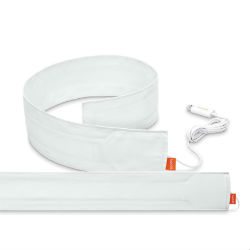
You’ve probably seen sleep tracking as a feature on just about every wearable, but exactly how does it work? The same sensor that senses movement to count your steps, called an accelerometer, can also be used to detect non-movement during sleep. This method, known as actigraphy, correlates a productive sleep with a limited amount of unconscious movement. However, there are drawbacks when you monitor sleep from your wrist, especially if you constantly have dreams of being the next heavyweight boxing champion. Another type of sleep tracker instead uses a method called ballistocardiography. These trackers are typically a thin sensor strip that is placed across your mattress. When you lie on top of the sensor during sleep, it is able to detect not only your unconscious body movements but also your heart rate, heart rate variability, and the movement of your chest wall from breathing. Combined with sensors that measure temperature, ambient light, noise, and humidity, these devices can give you a very detailed look at your sleep duration, quality, and other factors. This might just be the device to help you overcome your loud neighbors, snoring spouse, and that cup of coffee you had at 5 pm.
By Scott Jung, Senior Editor of Medgadget


